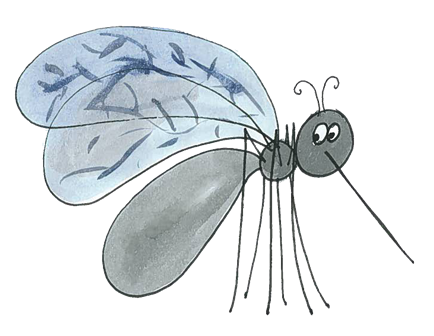Team:EPF Lausanne/Project future
From 2010.igem.org
| (12 intermediate revisions not shown) | |||
| Line 15: | Line 15: | ||
{{EPFL_2010_sub_menu_projects}} | {{EPFL_2010_sub_menu_projects}} | ||
| - | |||
| - | |||
| + | <div CLASS="EPFL_content"> | ||
| + | [[Image:Direction1.png|left|100px|caption]][[Image:direction2.png|right|200px|caption]] | ||
= Future work = | = Future work = | ||
| - | + | ||
| - | The next step would be to test | + | The next step would be to test the expression of the immunotoxin in ''Asaia''. Then, to feed mosquitoes with the engineered ''Asaia'' that express the immunotoxin. The efficiency of the immunotoxin could then be measured by counting the number of oocysts outside the mosquito's gut. Some other experiments could be done as well to see how our engineered bacteria and the immunotoxin affect the mosquito. |
| - | + | We are currently collaborating with the Pasteur Institute in Paris to make further test on mosquitoes with our bacteria but unfortunately the results won't be available before this year's jamboree. | |
| + | Some modeling experiments should also be done to try to measure the impact of introducing our modified bacteria in mosquitoes populations. According to the [http://www.sciencedirect.com/science?_ob=ArticleURL&_udi=B6VRT-4V3K67R-B&_user=164550&_coverDate=12%2F09%2F2008&_rdoc=1&_fmt=high&_orig=search&_origin=search&_sort=d&_docanchor=&view=c&_acct=C000013218&_version=1&_urlVersion=0&_userid=164550&md5=52110befa7e6dce2da04feff33af38dc&searchtype=a literature], ''Asaia'' is transmitted from parent to offspring and also from one individual to the other. Nevertheless, further measurement should be made to see how quick and efficient the spreading would be. Using these values, it might be possible to find out the best way to infect the most mosquitoes without risking an uncontrolled expansion of the bacteria population. | ||
| + | [[Image:mousquito.png|center|200px|caption]] | ||
Latest revision as of 17:29, 27 October 2010


Future work
The next step would be to test the expression of the immunotoxin in Asaia. Then, to feed mosquitoes with the engineered Asaia that express the immunotoxin. The efficiency of the immunotoxin could then be measured by counting the number of oocysts outside the mosquito's gut. Some other experiments could be done as well to see how our engineered bacteria and the immunotoxin affect the mosquito.
We are currently collaborating with the Pasteur Institute in Paris to make further test on mosquitoes with our bacteria but unfortunately the results won't be available before this year's jamboree.
Some modeling experiments should also be done to try to measure the impact of introducing our modified bacteria in mosquitoes populations. According to the [http://www.sciencedirect.com/science?_ob=ArticleURL&_udi=B6VRT-4V3K67R-B&_user=164550&_coverDate=12%2F09%2F2008&_rdoc=1&_fmt=high&_orig=search&_origin=search&_sort=d&_docanchor=&view=c&_acct=C000013218&_version=1&_urlVersion=0&_userid=164550&md5=52110befa7e6dce2da04feff33af38dc&searchtype=a literature], Asaia is transmitted from parent to offspring and also from one individual to the other. Nevertheless, further measurement should be made to see how quick and efficient the spreading would be. Using these values, it might be possible to find out the best way to infect the most mosquitoes without risking an uncontrolled expansion of the bacteria population.

 "
"



















